 Posted: Sat Jan 01, 2022 2:38 am Post subject: LOMO KO-120M 120mm f/1.8 Russian Projector Lens Posted: Sat Jan 01, 2022 2:38 am Post subject: LOMO KO-120M 120mm f/1.8 Russian Projector Lens |
 |
|
Paragon19 wrote:
This isn't a new find by any means, I've seen it adapted elsewhere, but I noticed there are no threads about it here, so I figured I would share mine.
The LOMO KO-120M is a large projector lens of very simple construction, using two cemented doublets at opposite ends of two large, screwed together metal tubes. The rear of the lens is 62.5mm on the outside, and threaded 60mm female thread inside. The front is 72mm and also threaded. Several 62.5mm to M65 adapters are available for lenses that were used in these projector systems, and can be attached easily to M65 helicoids for a simple focusing solution for anyone with enough flange distance on their camera.
#1
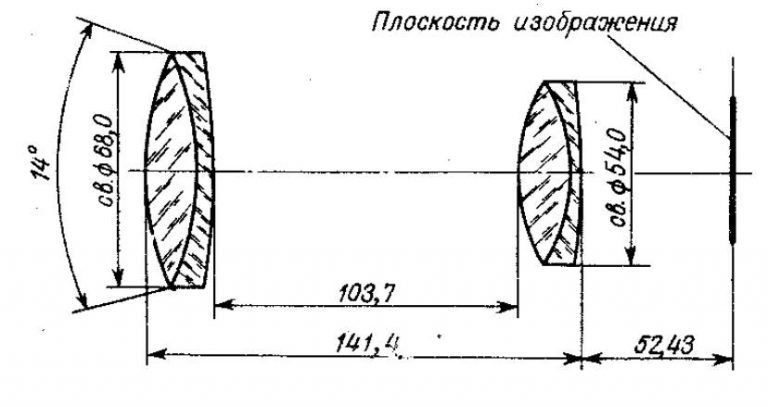
#2
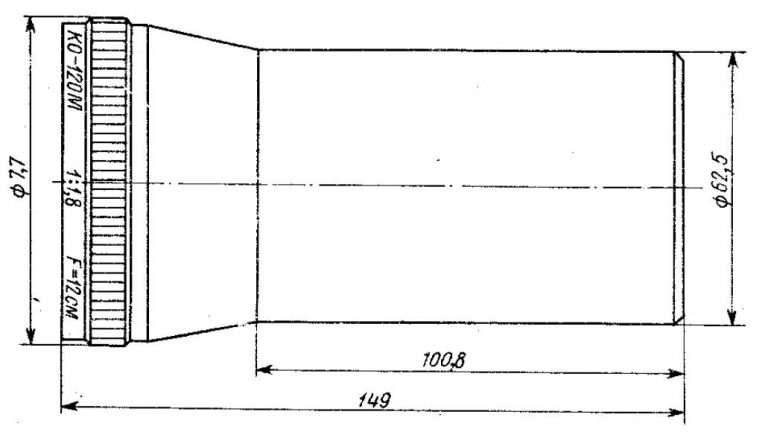
As you can see in the first diagram, the lens has a 52.43mm rear focal distance. This appears to be measured from the rear element however, not the rear housing, as I found in practice the distance was shorter. For anyone with a mirrorless camera this represents a fairly easy adaptation using the parts mentioned earlier, however I'm still using a Canon EOS 7D MKII, and Canon's EF mount has a flange distance of 44mm, leaving at most 8.23mm of room to adapt the lens to my camera. This required a little extra work to adapt.
The lens itself:
#3

(Tape on the lens is part of my adaptation, normally it's just a smooth tube.)
#4

Materials used for the adaptation include an M65 to M65 helicod, that extends from 25mm to 55mm in length, a 60mm M65 extension tube, an M65 to EF mount adapter, and an EF confirm chip.
#5

The M65 helicoid and extension tube were wide enough to fit the lens - for the most part. Once it got to the very ends the threaded male mounts narrowed the tubes just slightly too much to fit. The solution was to use a rasp to file down the inner diameter enough to accomodate the lens. The helicoid was disassembled before filing to avoid intrusion of metal filings.
#6

Since the ends of the tubes were filed down only enough for the lens to clear them, and did not offer as much clearance as the rest of the tubes, adding a few layers of black painter's tape made for an easy stopper to keep the lens moving forward and back when turning the helicoid.
#7

#8

Focusing at infinity required pushing the lens all the way to the back of the extension tube, and then the mount adapter could be screwed on. The EF confirm chip was superglued to the adapter after being aligned properly. This was the only M65 to EF adapter I could find, unfortunately, and has a bit of play that sometimes causes communications problems between the chip and camera. The adapter also didn't include a stop screw, which can make the lens a little hard to remove sometimes as it can be turned beyond the normal stopping position and will catch on the mount.
#9
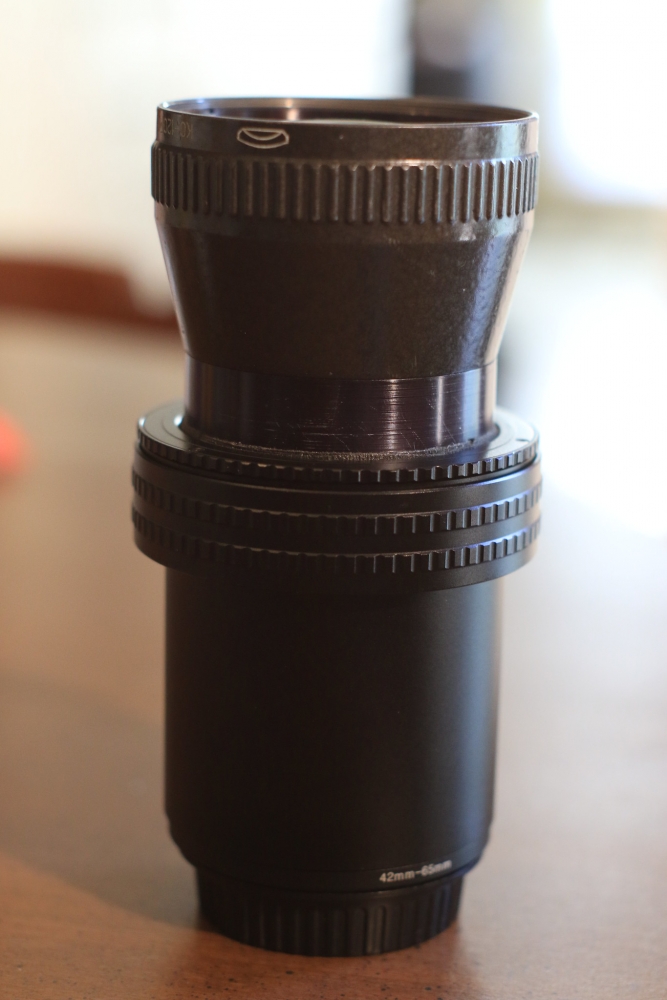
The 60mm extension tube was added for better stability and centering, and to prevent the lens from falling out of the helicoid easily.
#10

The final result mounted on the camera. It's large, but not what I would consider especially unwieldy. It weighs less than a typical 70-200mm f/2.8.
#11
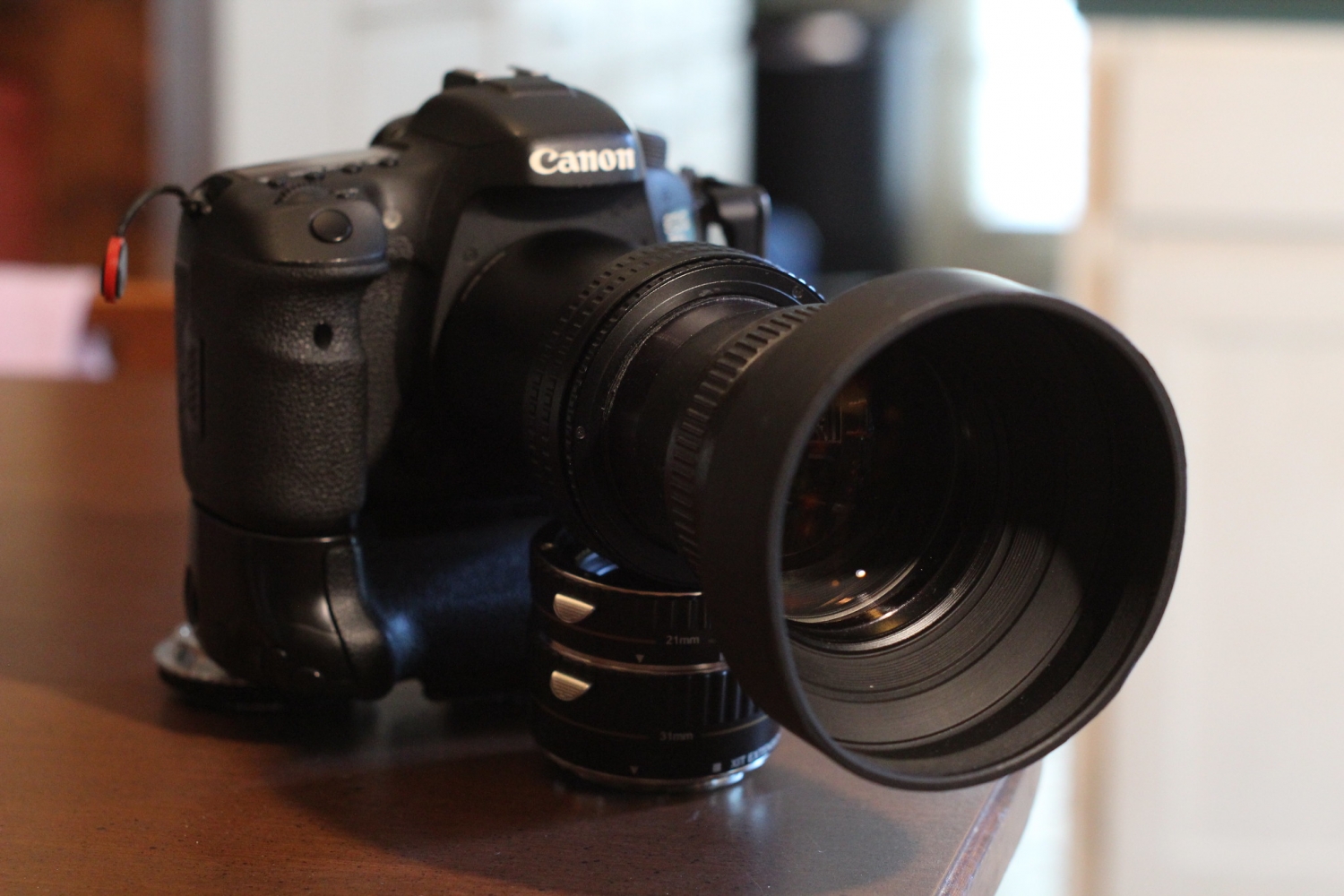
Added collapsible lens hood to reduce flare. This has since been changed to a longer 77mm metal hood on a 72mm to 77mm step-up ring.
#12

#13
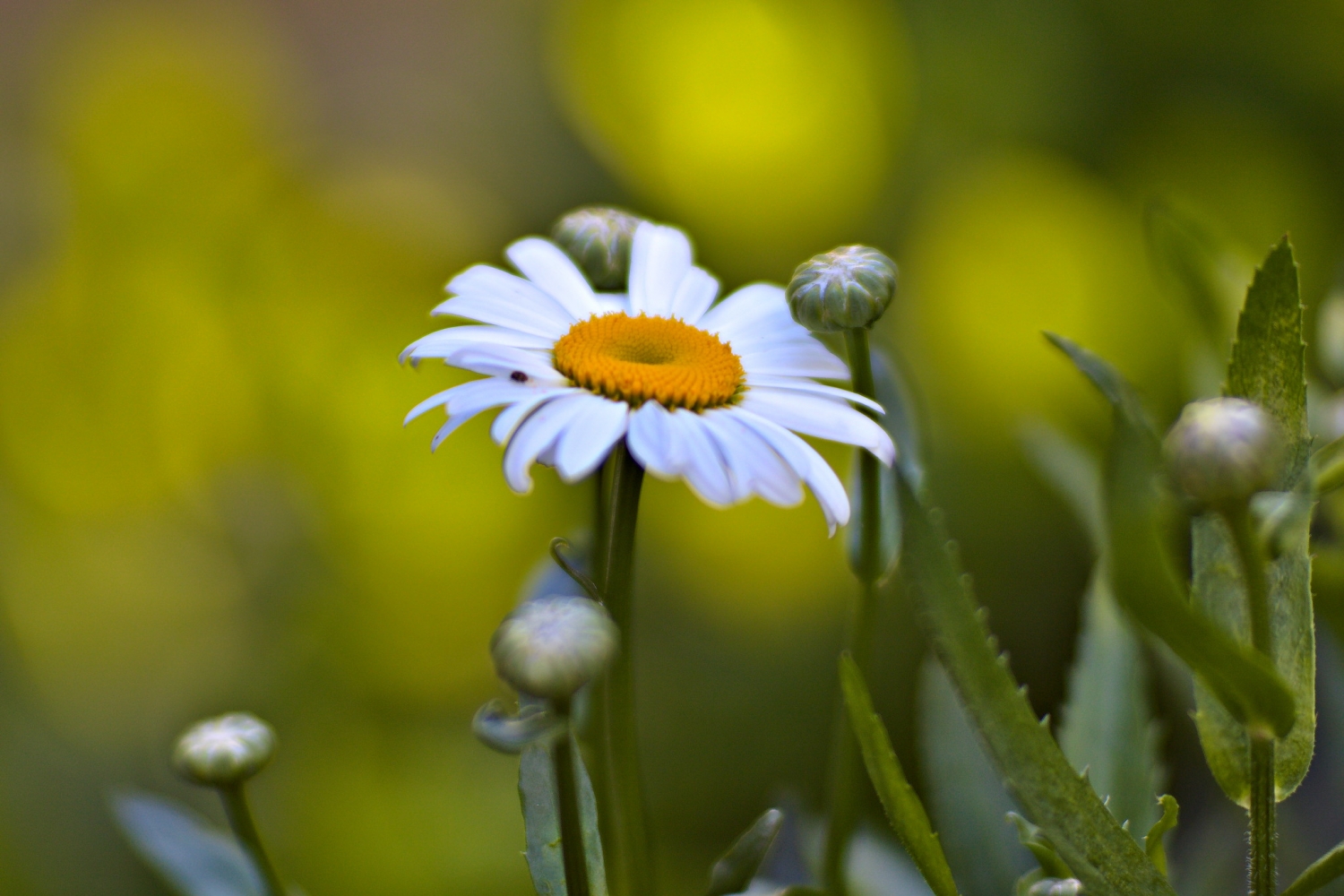
#14

#15

#16

#17

The lens obviously has some very thin depth of field. It isn't especially sharp, and even worse at closer focal lengths, and towards the edges of the frame (even on a crop sensor). I feel the quality of bokeh can be interesting, and at the right focal distances you can achieve a "swirling" bokeh as well. Color redition is a bit "oily", and contrast is a bit low. Still, it's 120mm and f/1.8, which is certainly fun to play around with.
Last edited by Paragon19 on Fri Feb 18, 2022 10:03 pm; edited 3 times in total |
